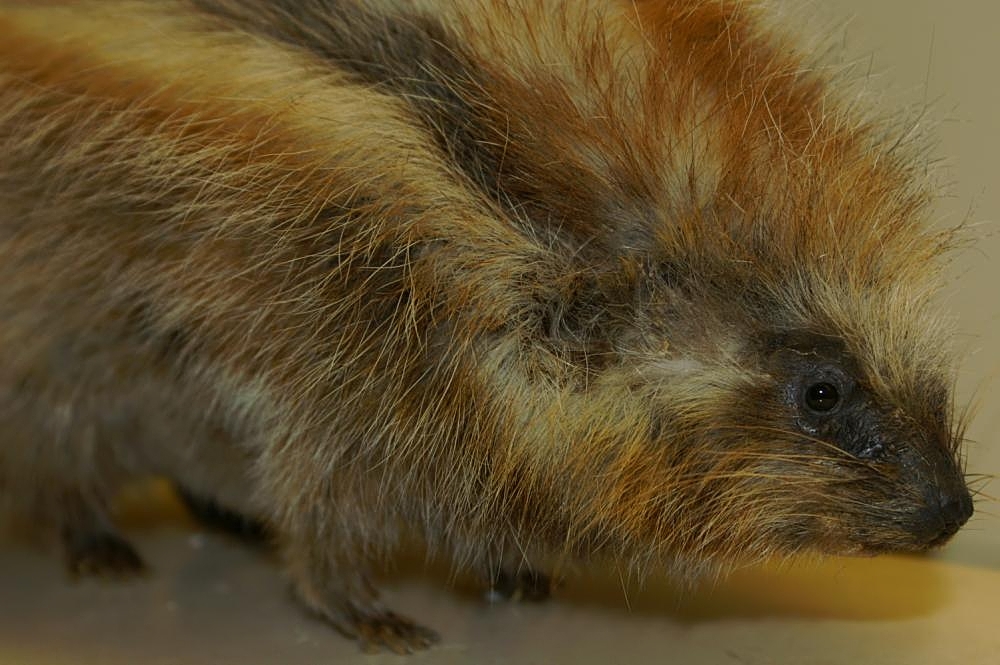This plant protects itself from herbivores with its poisonous roots, leaves and fruit. The sap inside the leaves contains a cardiac glucoside known as ouabain, which impacts heart function. Some African tribes continue to use the sap from the wintersweet in hunting. The sap is boiled until it becomes a toxic black sludge, which is then used to coat the tips of arrows and other weapons.
Some species have learned to benefit from the toxins of the Acokanthera species. The African crested rat (Lophiomys imhausi) chews on the roots and bark of the wintersweet, spreading the poisonous sap on its fur. The hairs of this rat have evolved to be porous, so that the poison is absorbed into the fur as efficiently as possible.


